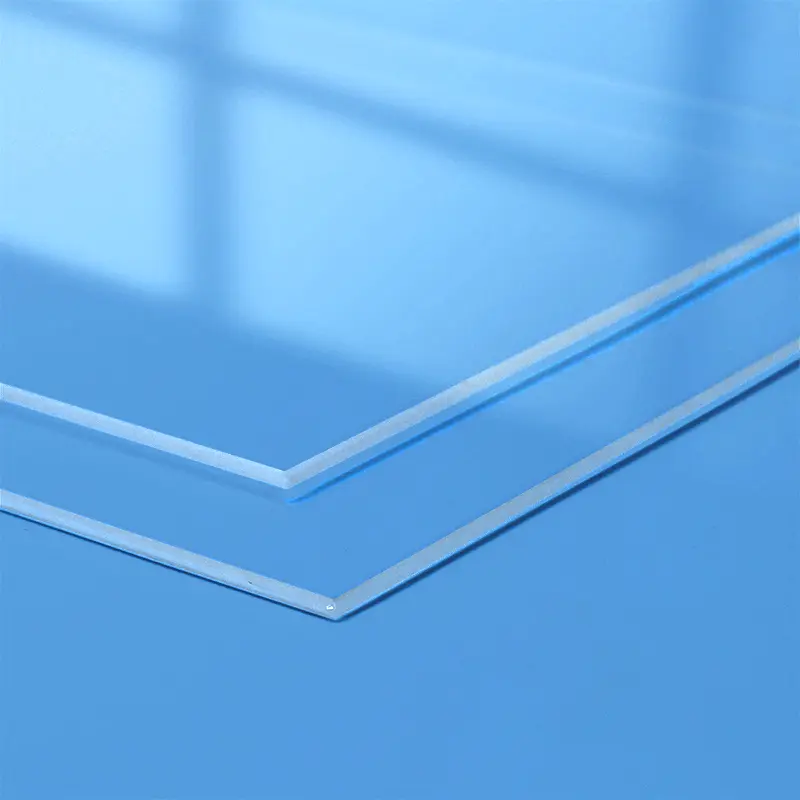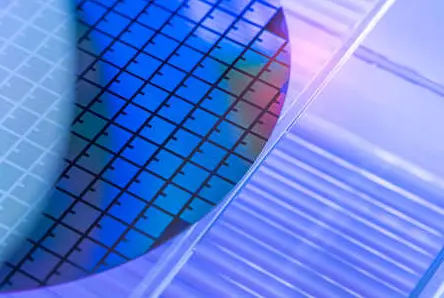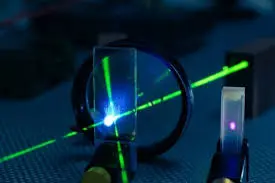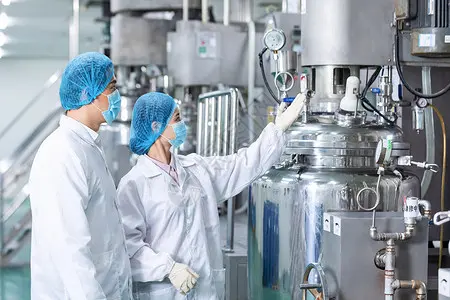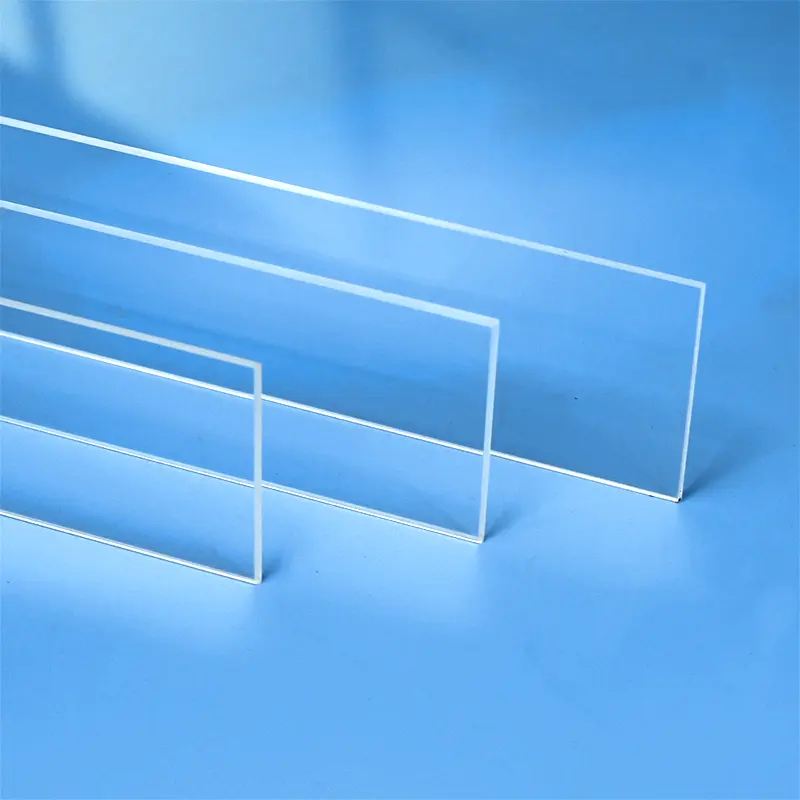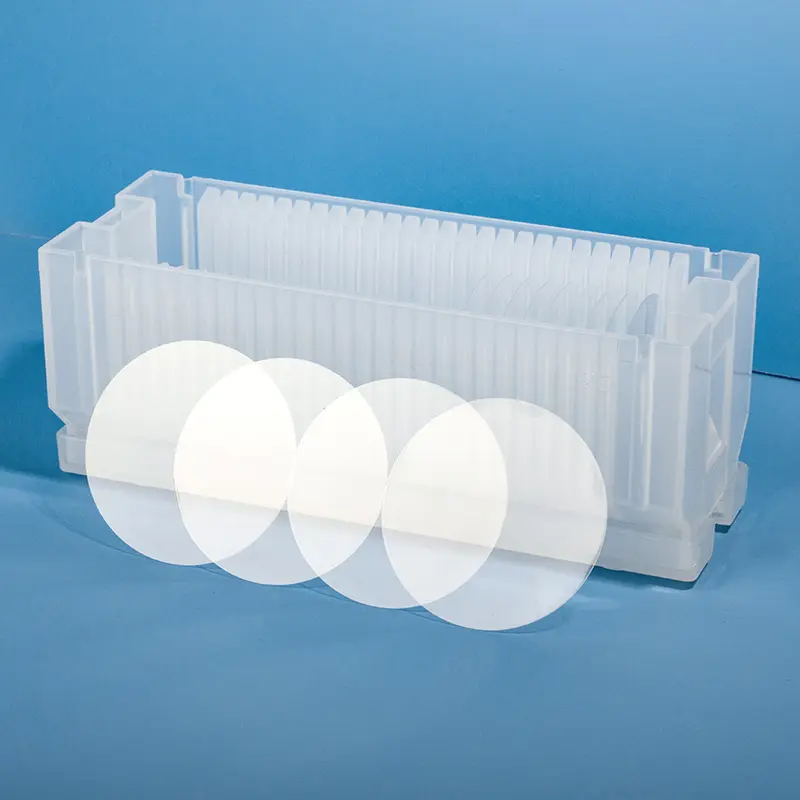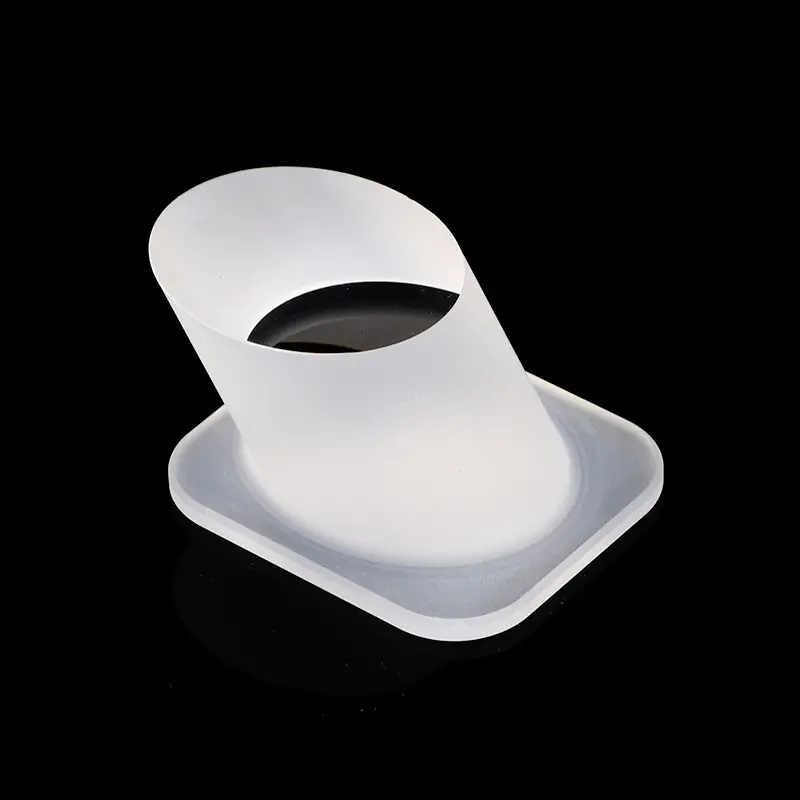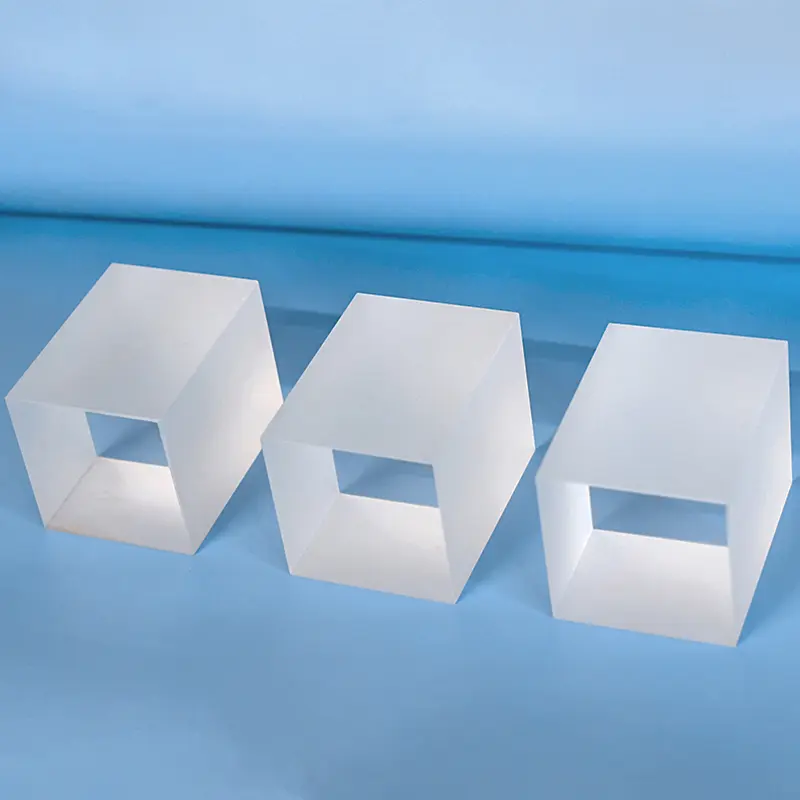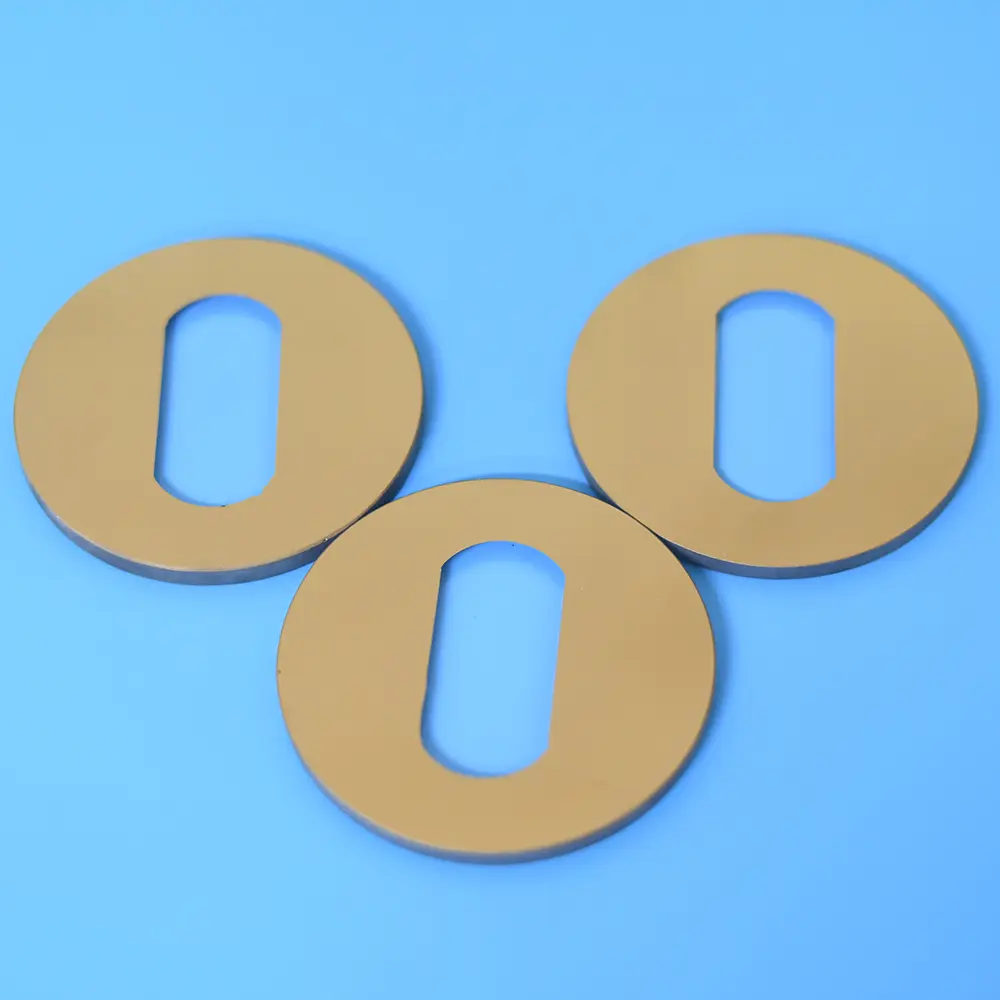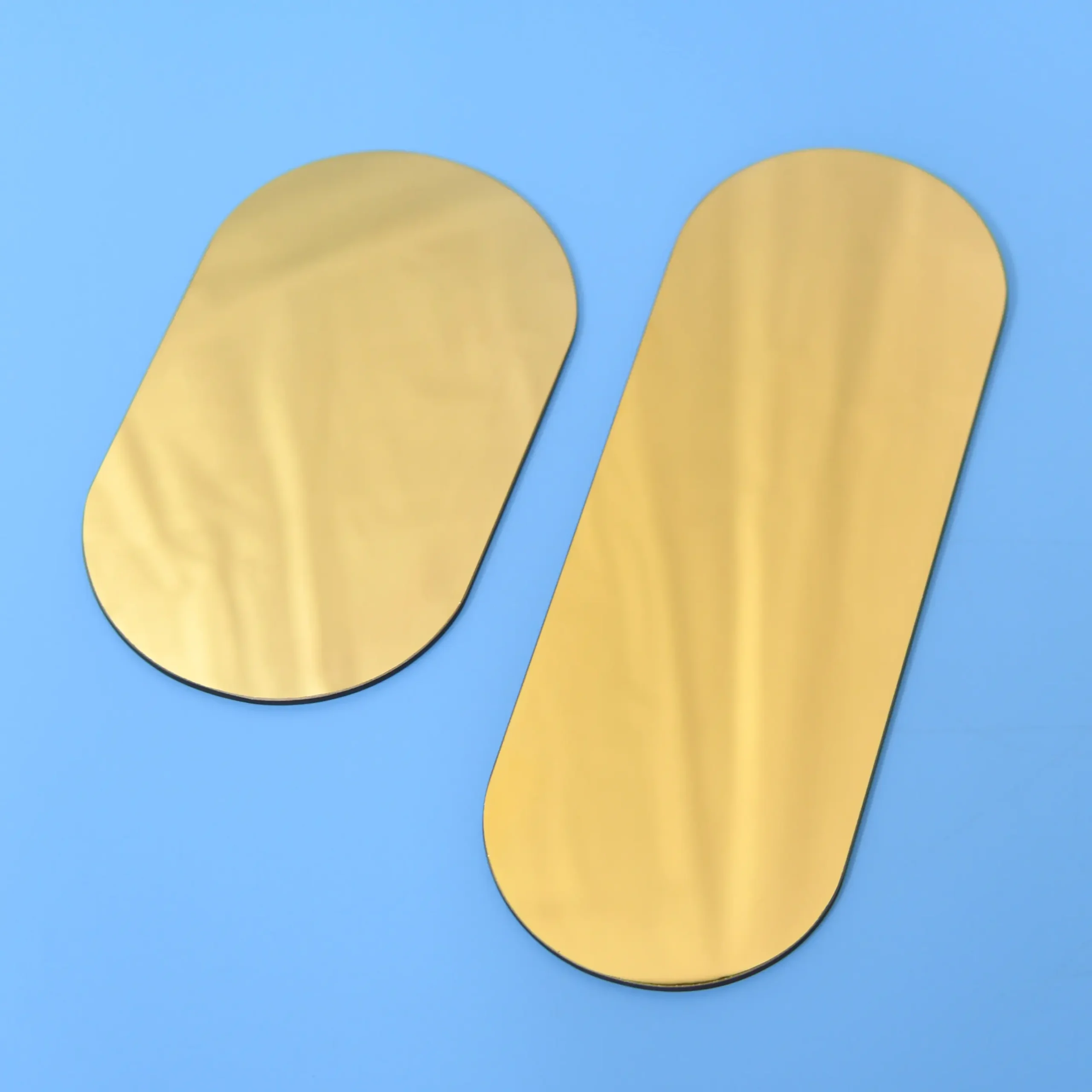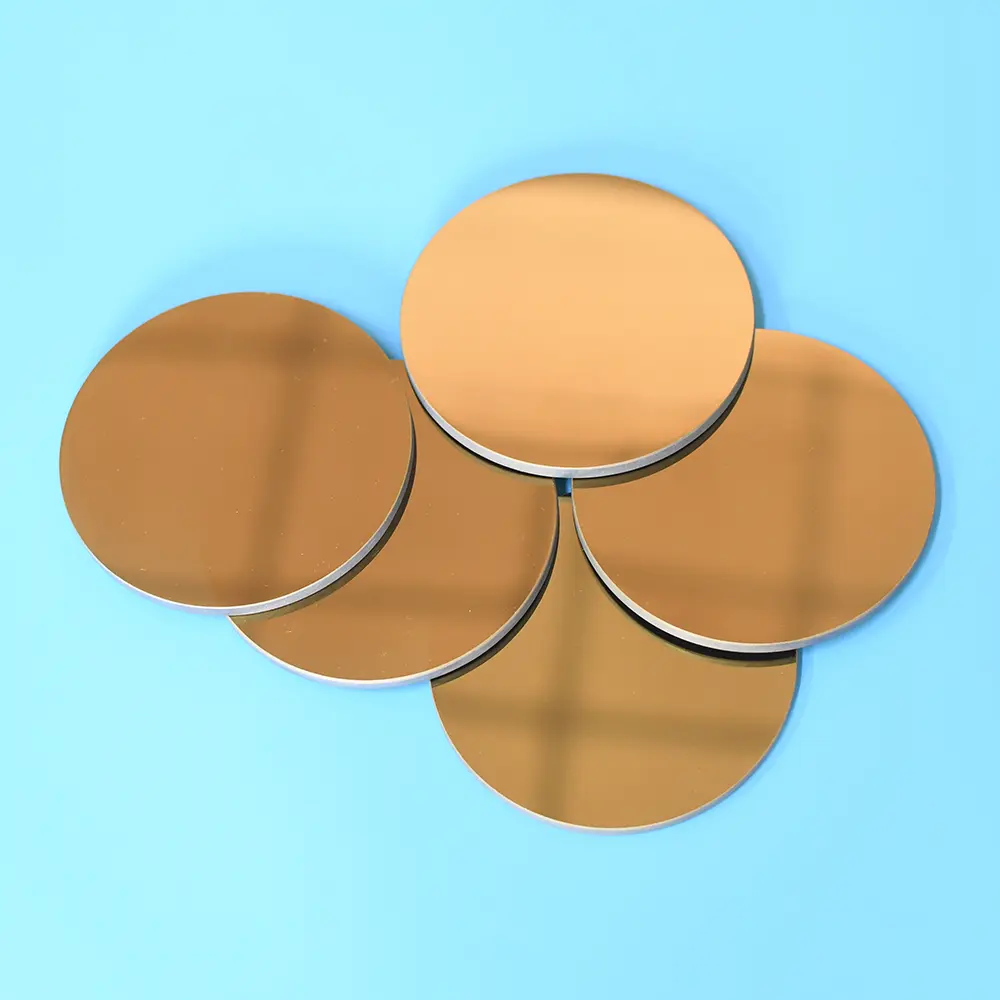Our large quartz glass plates, also known as oversized fused silica sheets, are designed for applications demanding extreme purity and superior optical, thermal, and chemical properties. Ideal as windows, substrates, or protective covers in high-temperature furnaces, semiconductor chambers, and advanced optical systems. We offer custom fabrication to meet precise dimensions and specific performance needs.
| Property Content | Property Values |
|---|---|
| SiO2 | 99.99% |
| Density | 2.2×10³ kg/cm³ |
| Hardness | 5.5 - 6.5 Mohs' Scale 570 KHN 100 |
| Tensile Strength | 4.8×10⁷ Pa (N/mm2) (7000 psi) |
| Compression Strength | >1.1×10⁹ Pa (160,000 psi) |
| Coefficient of Thermal Expansion | 5.5×10⁻⁷ cm/cm·°C (20°C-320°C) |
| Thermal Conductivity | 1.4 W/m·°C |
| Specific Heat | 670 J/kg·°C |
| Softening Point | 1730°C (3146°F) |
| Annealing Point | 1210°C (2210°F) |
| Strain Point | 1120°C (2048°F) |
| Work Temperature | 1200°C (2192°F) |
| Electrical Resistivity | 7×10⁷ ohm cm (350°C) |
| Size | Customized |
| Logo | Customized Logo Accept |
High-Temperature Resistance
Quartz glass plates exhibit exceptional thermal resistance, capable of operating continuously at temperatures ranging from 1100°C to 1250°C, withstanding temperatures up to 1450°C for short periods.
Chemical Stability
With the exception of hydrofluoric acid, quartz glass plates are inert to most acids and chemical reagents, making them highly suitable for use in chemical industries and laboratory environments.
Optical Performance
Quartz glass plates possess superior optical transmission, particularly in the ultraviolet (UV) region, making them an ideal material for manufacturing optical components and instruments.
Dimensional Versatility
Quartz glass plates can be produced in a wide variety of sizes and specifications to meet various industrial applications and customer requirements.
Application Scenario
Semiconductor Manufacturing
Quartz glass plates are utilized as substrate materials in the semiconductor industry due to their exceptional thermal stability and chemical inertness. They serve as bases for growing semiconductor crystals, as photomasks in photolithography, and as components in etching and deposition processes.
Optical Device Manufacturing
Quartz glass plates play a crucial role in manufacturing optical devices, including fiber optic communications, lasers, and optical sensors. Their high refractive index, excellent transparency, and strong thermal stability make them a widely used material in the optics industry.
Aerospace
In the aerospace sector, quartz glass is a key component in spacecraft and space shuttles due to its high strength, low dielectric loss, high temperature resistance, and corrosion resistance. For instance, radiation-resistant quartz glass cover slips protect the energy systems of solar cells.
Large-size quartz glass plates exhibit excellent thermal resistance, capable of operating continuously at temperatures ranging from 1100°C to 1250°C and withstanding temperatures up to 1450°C for short periods. This makes them highly suitable for applications requiring high-temperature environments, such as semiconductor manufacturing and high-temperature experimentation.
In the field of optics, large-size quartz glass plates are widely used due to their high transparency, low refractive index, and excellent ultraviolet (UV) transmission. They can be used to manufacture optical mirrors, lenses, fiber optic communication components, lasers, and optical sensors. The optical performance of quartz glass plates makes them an ideal material for optical instrument manufacturing.
Large-size quartz glass plates demonstrate exceptional chemical stability, exhibiting inertness to most acids and chemical reagents, with the exception of hydrofluoric acid. This makes quartz glass plates very suitable for use in chemical industries and laboratory environments, such as for chemical experimental instruments, chemical pipelines, and reaction vessels, where they can maintain their performance without being eroded.
Frequently asked questions
We specialize in the end-to-end manufacturing of high-purity quartz glass components. Our core product lines include:
Quartz Tubing & Rods: A wide range of diameters and specifications.
Quartz Plates & Discs: Precision-cut and polished for optical and industrial use.
Quartz Labware: A full suite of standard and custom glassware, including beakers, flasks, and boats.
Semiconductor-Grade Quartz: High-purity components like process tubes and carriers for semiconductor fabrication.
Custom Fabricated Components: We can produce complex parts tailored to your unique designs and specifications.
Yes. Custom fabrication is at the core of our business. With over a decade of specialized experience, we partner with companies to provide expert OEM/ODM services. Our capabilities include welding, grinding, drilling, polishing, bending, and other precision processing techniques to create components that meet your exact requirements.
Quality is paramount in our manufacturing process. We are an ISO 9001:2015 certified manufacturer, ensuring that our processes meet international quality management standards.Our products also undergo rigorous SGS testing for purity and performance. We use high-purity raw materials (up to 99.998% SiO2) to produce fused quartz and fused silica products with exceptional thermal stability, high-temperature resistance, and chemical inertness.
We've streamlined our process to be as efficient as possible:
Submit Your RFQ: Send us your technical drawings, specifications, and requirements via our website contact form or email.
Rapid Response: You can expect an initial response within minutes and detailed communication within half an hour.
Design & Proposal: We will deliver a detailed design proposal and a competitive quote within 24 hours.
Prototyping & Production: Upon approval, we move swiftly from prototyping to full-scale production to meet your deadlines.
Partnering with Aoxin Quartz offers several key advantages:
Proven Expertise: With 10+ years in the industry, we have the technical knowledge to tackle complex challenges.
One-Stop Solution: We manage the entire production process, from sourcing high-purity raw materials to fabricating and finishing complex components.
Competitive Value: Located in a major quartz production hub, we leverage an efficient supply chain and advanced manufacturing to offer exceptional quality at a competitive price point.
Dedicated Partnership: Over 90% of our clients become long-term partners. We are committed to your success through responsive service, reliable quality, and innovative solutions.

